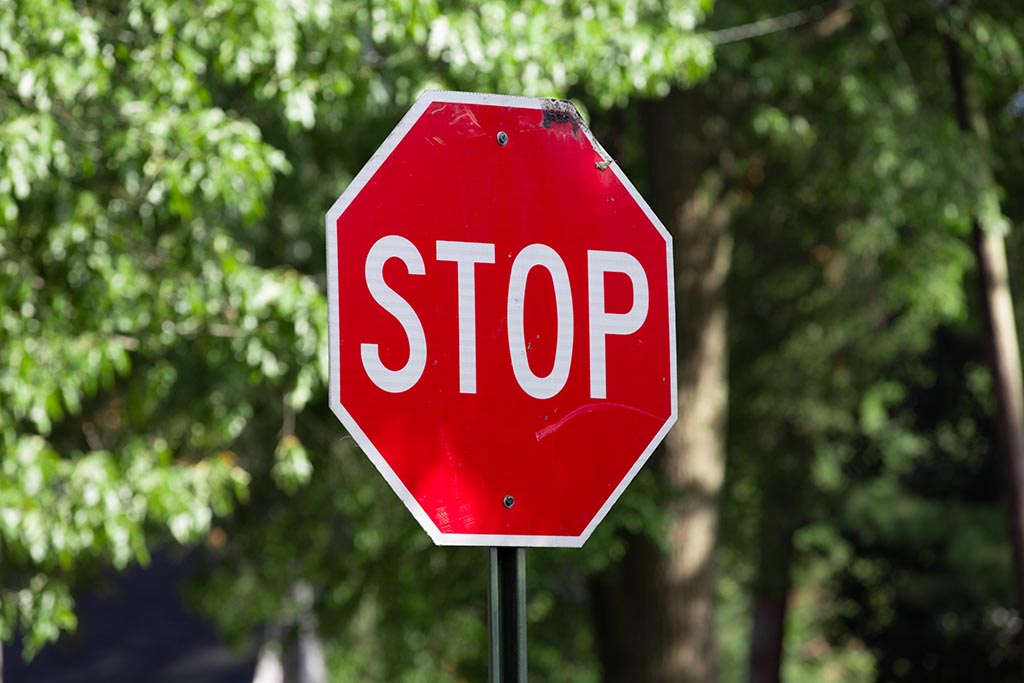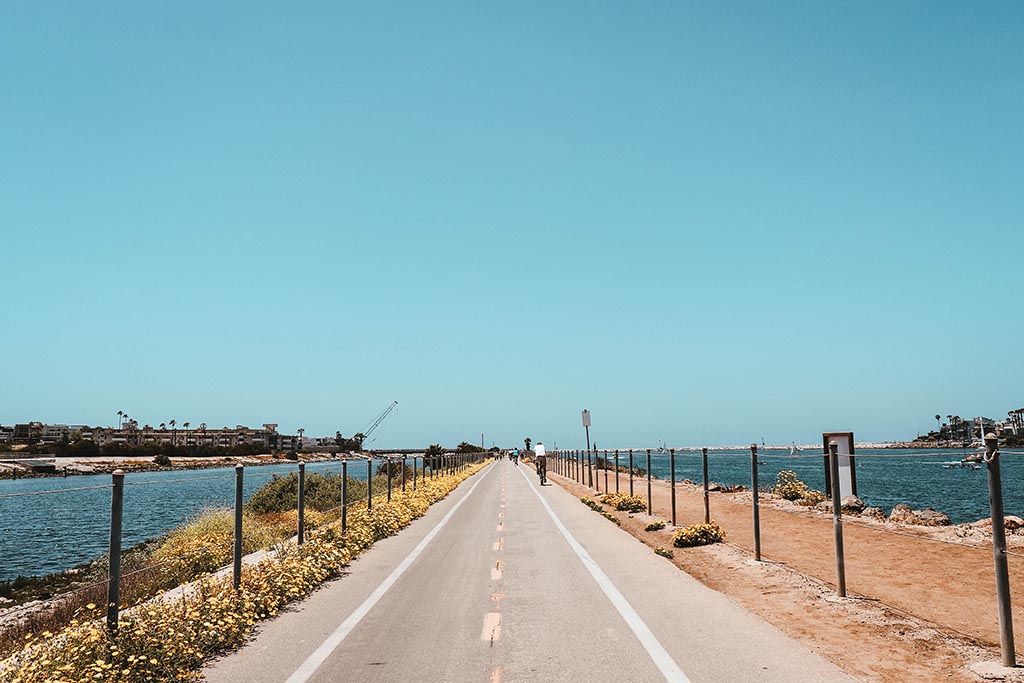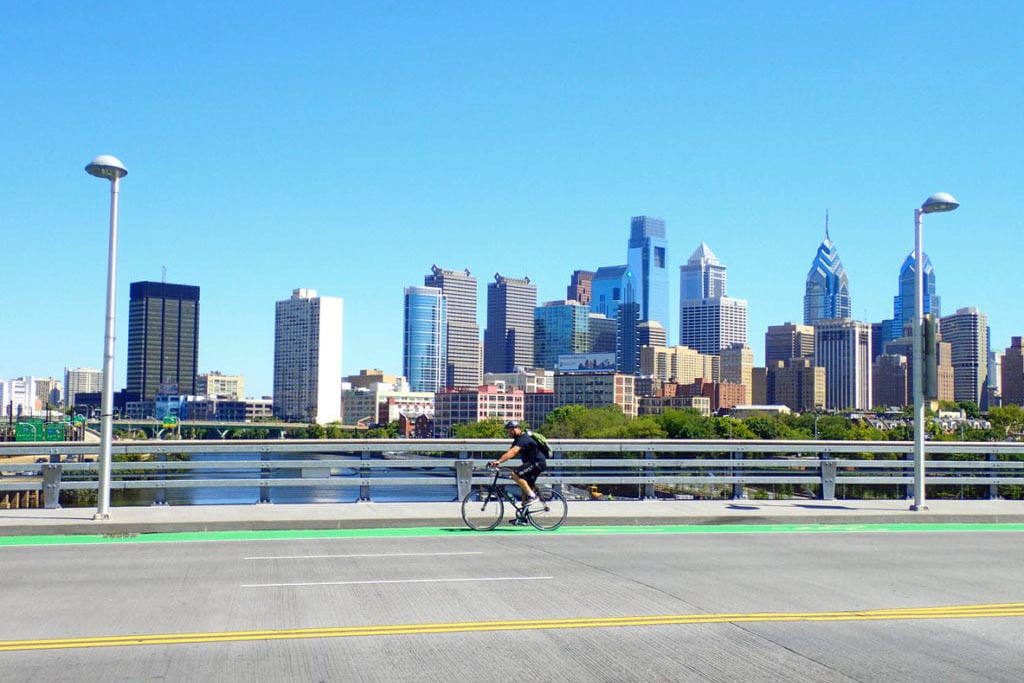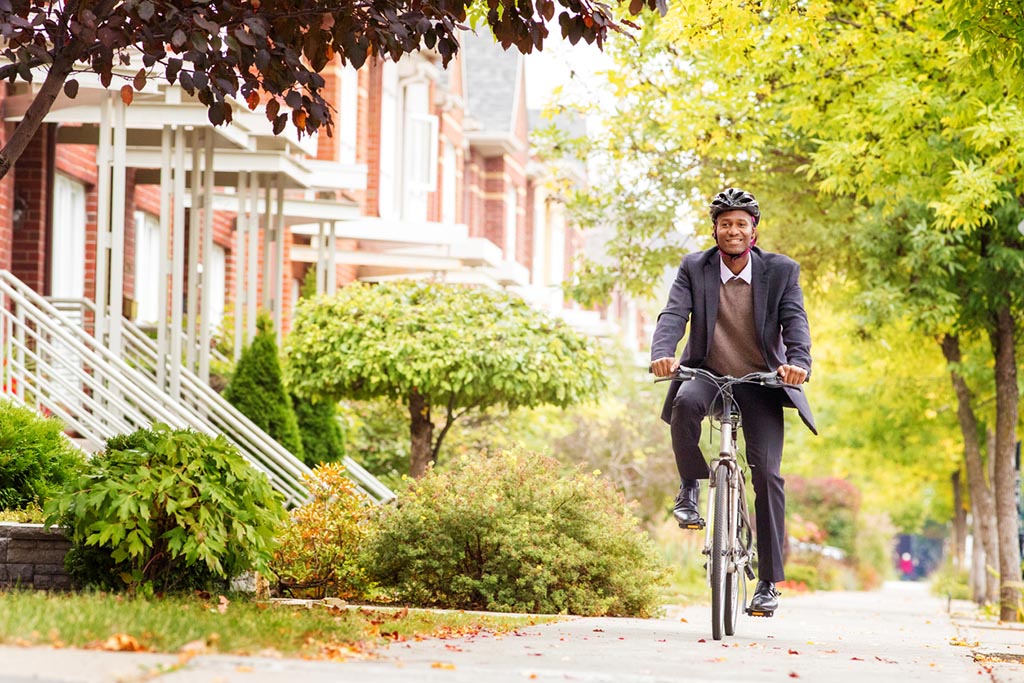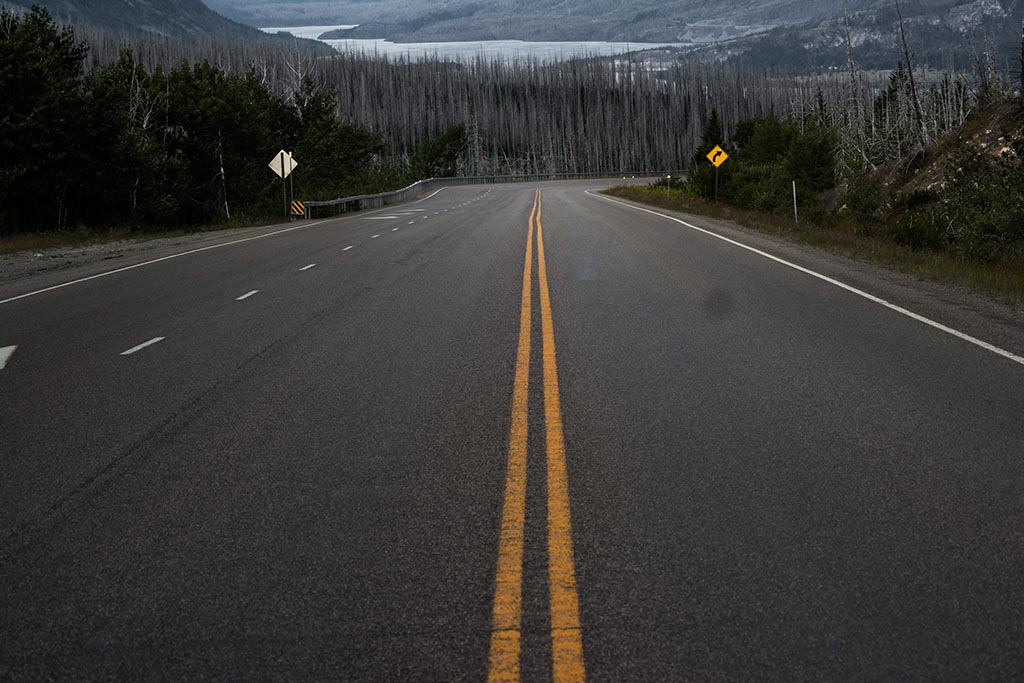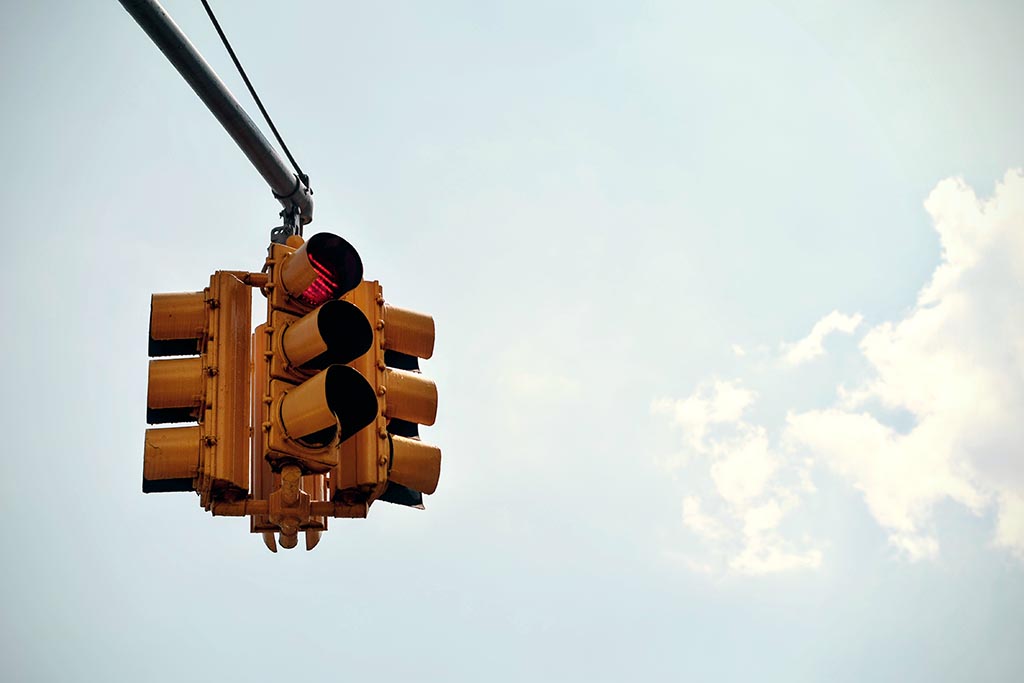Joining Colorado, Delaware, and a number of other states, Utah legislation has become the next state to consider passing the “Utah Yield” law for cyclists. While called a different name, there is no doubt that the Utah Yield follows the same rules as the Idaho Stop, something that has been in place for cyclists in Idaho since 1982.
Under the proposed law, Utah cyclists would be able to treat stop signs as yield signs and red lights as stop signs. Right now House Bill 58 sits in front of Utah legislature, but many cyclists are rooting for it. They argue that traffic laws throughout the United States were created specifically for motor vehicles, and while it makes them safer, it is not as safe for cyclists.
In support of the bill, many lobbying for it have presented facts that most cyclists end up breaking traffic laws anyway when they put their safety before the law because intersections are by far and wide the most dangerous spots for cyclists.
While there are no discernible groups lobbying against making the “Utah Yield” into a law for cyclists, it is still up in the air as to whether their bill will pass. While there is a huge cycling community in Utah, many lawmakers are still stuck in the past when it comes to their attitude on traffic laws. They’ve been presented the statistics on how the Idaho Stop has made cyclists safer in other states, but whether they will consider them is still to be determined.
Until laws are made and action is taken, any cyclist that gets on the road is in some peril, and they shouldn’t be. If you have been in an accident while on your bicycle, then you need an advocate who you can trust that is in your corner. If you have been in an accident and need representation, contact us today.
